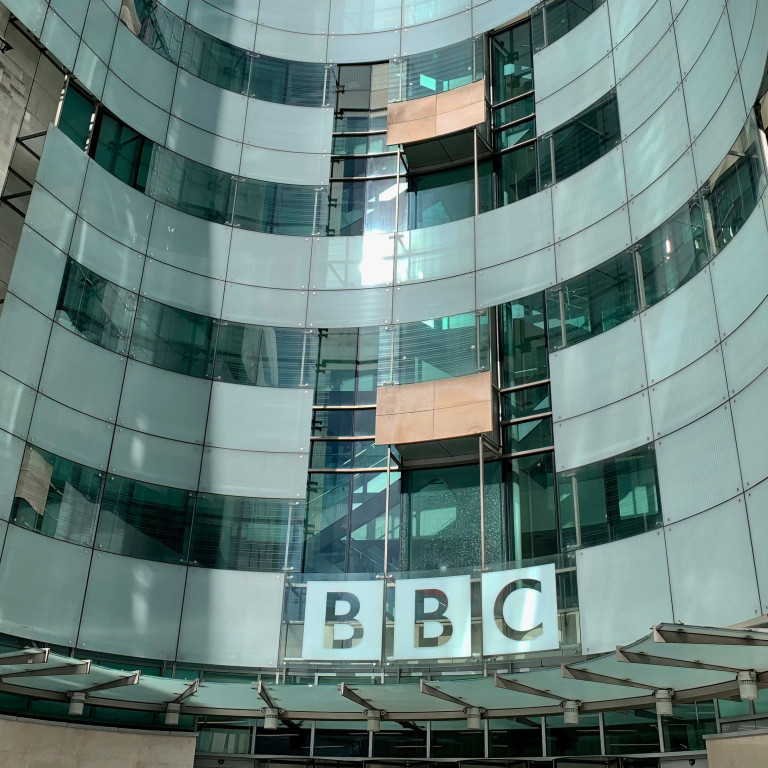On application, your trade mark is examined by the Intellectual Property Office (IPO) and then published on the Online Trade Mark Register for opposition purposes. During the 2 month opposition period, any third party can try and prevent it from becoming registered. Sometimes you will receive a letter asking you to amend or withdraw your application. Or it may be a Notice of Threatened Opposition. This will usually be based on a claim that your mark is generic or descriptive or on prior rights claimed by the objector. Any opposition should be taken seriously and seeking legal advice as soon as possible will allow you to find the best way forward.
What is a notice of threatened opposition?
A notice of threatened opposition is a warning that a third party has concerns with your trade mark application. If these concerns are not resolved within the strict timescales prescribed by the IPO then the opponent may commence opposition proceedings against you and refer the IPO Tribunal to the notice to demonstrate that they provided you with a reasonable opportunity to withdraw your application or make amendments to it.
A notice of threatened opposition does not commit the opponent to submitting an opposition but it has three key benefits:
- The opponent is putting you on notice of a potential claim.
- It gives the opponent more time to prepare their opposition grounds (see below).
- It protects their cost position (see below).
Why have I received one?
Whilst trade marks must meet stringent registrability criteria, the IPO will not automatically reject trade marks that do not qualify unless there are obvious defects. Instead, the IPO expects third parties to oppose trade marks that do not meet the registrability criteria or that infringe their earlier rights.
A third party can oppose your trade mark application on absolute or relative grounds. Absolute grounds cover defects in the trade mark itself, most commonly that:
- The trade mark is descriptive of the goods and/or services.
- That it is generic for those goods/services.
- It is non-distinctive and should be free for everyone in that line of trade to use.
- It consists exclusively or partially of a geographic location.
Relative grounds refer to prior rights or other legal interests which conflict with the trade mark. When you file a UK trade mark application the IPO compares your trade mark (word/logo) with registered trade marks and will automatically send a copy of your application to an owner if the trade mark is identical or similar to their earlier trade mark(s). When your trade mark application is published, it will also show up in routine search reports conducted by trade mark investigation firms which may lead to a notice of threatened opposition.
A trade mark is a valuable commercial asset and opposition is a step that many brand owners will take to protect their patch, avoid customer confusion and prevent the damage/dilution of their trade mark rights.
Is the only solution for me to withdraw my trade mark application?
No, there are several different ways forward, including:
- Challenging the validity of the opponent’s trade mark. This includes where you may have earlier rights in the words/logo.
- Negotiating with the opponent e.g. with a co-existence agreement so that both trade marks can co-exist without damaging each other or legal undertakings.
- Implementing a trade mark limitation/disclaimer to limit the goods and services covered by your trade mark and avoiding the risk of customer confusion.
- Ignoring the notice of threatened opposition and waiting until the end of the 3 month extended opposition period to see if an opposition is filed.
If you do decide to withdraw your trade mark application Tozers can help you re-brand your business by performing due diligence searches and advising about trade mark strength.
What are the relevant timescales?
The notice can only be filed within the initial 2-month opposition period, beginning immediately after the publication date (not the filing date). Once filed, the notice automatically extends the trade mark opposition period from 2 months to 3 months, thereby buying the opponent more time to prepare their opposition grounds and/or negotiate a solution without recourse to opposition proceedings.
Time is of the essence because you will only have 3 months from the date of publication to try and negotiate with the opponent and/or amend your application once receiving the notice.
What happens if I don’t do anything?
If you withdraw the application before an opposition is filed, you will not be liable for the opponent’s costs. However, if you withdraw your application at any time after an opposition is filed, you may be liable for a contribution towards the opponent’s costs for the opposition. This is because, by serving the notice of opposition, the opponent will be able to demonstrate to the IPO that they gave you a warning of their opposition.
If the opposition proceeds to a final hearing and the opponent is successful, the general rule of litigation applies – the unsuccessful party pays the successful party’s costs.
Are IPO fees refundable?
No. If you withdraw your application, or you are unsuccessful in defending the opposition, the IPO fees for your trade mark application are non-refundable.
How can Tozers help me if I’ve received a notice of threatened opposition?
Do not automatically assume that the person filing the notice of threatened opposition knows what they are doing or that you must instantly withdraw your trade mark application. The notice is a step an opponent is bound to take to protect their own trading activities but it is our experience that these matters are always best approached through a constructive dialogue.
Find out more
If you have received a notice of threatened opposition, or want to discuss brand protection in general, then contact our expert intellectual property team today.




